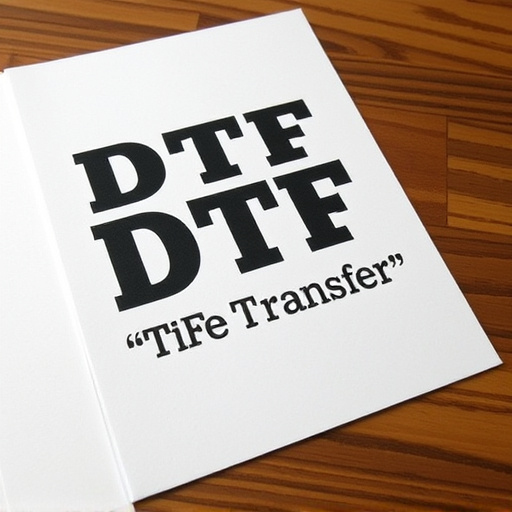JDM-style intake systems, especially cold air intakes (CAIs), are popular among tuners for enhancing engine performance in Japanese Domestic Market vehicles. CAIs draw in cooler, denser air, optimizing fuel mixture and combustion for increased power, torque, and throttle response, while potentially improving fuel economy. Integrating these intakes requires compatibility checks, proper tools, clearance verification, and balancing performance with reliability based on tuning goals.
“Unleash your vehicle’s hidden potential with JDM-style intake systems, a popular choice among performance enthusiasts. This article takes you on a journey through Japanese performance tuning’s secrets. We’ll explore the mechanics behind cold air intakes and their remarkable impact on engine performance. Whether you’re a tuner or enthusiast looking to integrate JDM vehicle cold air intakes, our guide offers valuable tips and insights. Discover how these systems enhance your ride’s power and efficiency.”
- Understanding JDM-style Intake Systems: A Glimpse into Japanese Performance Tunings
- The Mechanics of Cold Air Intakes: How They Enhance Engine Performance
- Integrating JDM Vehicle Cold Air Intakes: Tips for Tuners and Enthusiasts
Understanding JDM-style Intake Systems: A Glimpse into Japanese Performance Tunings

JDM-style intake systems, a cornerstone of Japanese performance tuning, are renowned for their ability to enhance engine performance and create a unique driving experience. These systems are specifically designed for JDM (Japanese Domestic Market) vehicles, incorporating features that optimize air flow and density, leading to increased power output. The core element is often a cold air intake, which draws in cooler, denser air from outside the vehicle, improving combustion efficiency.
Tunners and enthusiasts appreciate the precision engineering and high-quality materials used in these systems. They not only enhance engine performance but also contribute to the distinctive sound and feel associated with JDM vehicles. By incorporating advanced technologies and design principles, JDM cold air intakes offer a level of customization that allows owners to tailor their vehicle’s performance to their preferences, making them a popular choice among those seeking to elevate their driving experience.
The Mechanics of Cold Air Intakes: How They Enhance Engine Performance

JDM-style intake systems, particularly cold air intakes (CAIs), are a popular choice among tuners aiming to enhance engine performance in their JDM vehicles. The mechanics behind CAIs is quite straightforward yet powerful. By drawing in cooler, denser air from outside the vehicle’s engine compartment, these systems ensure that the fuel mixture entering the engine is optimized for better combustion. This is achieved by using an efficient air filter to trap contaminants and a carefully designed intake tract that minimizes restrictions, allowing for smoother airflow.
The result is a significant increase in power and torque output, as well as improved throttle response. Tuners often report gains of several horsepower and torque figures when installing a JDM-style cold air intake. Moreover, these systems can also improve fuel economy by maximizing the oxygen-to-fuel ratio in the combustion chamber, leading to more efficient burning and reduced emissions. This dual benefit of enhanced performance and better efficiency makes CAIs an appealing option for those looking to tweak their JDM vehicle’s engine capabilities.
Integrating JDM Vehicle Cold Air Intakes: Tips for Tuners and Enthusiasts

Integrating JDM (Japanese Domestic Market) vehicle cold air intakes into a car’s engine bay requires careful consideration and precision, especially for tuners and enthusiasts looking to enhance performance. These intakes are known for their unique design and efficient airflow delivery, often featuring a larger filter housing and a more direct path for cold, dense air to reach the engine. To successfully install a JDM cold air intake, start by ensuring compatibility with your vehicle make and model. Many JDM intakes are designed for specific applications, so checking the manufacturer’s specifications is crucial. Next, acquire the necessary tools and components, including a suitable mount, hoses, and any adapters required to fit seamlessly into your engine bay.
Before installation, double-check that your vehicle’s firewall and surrounding components can accommodate the intake’s size and shape without modifications. Proper clearance ensures optimal airflow and prevents potential interference with other parts. Tuners should also consider the impact of the intake on their desired tuning goals. JDM intakes often offer a balance between performance and reliability, so fine-tuning the engine’s settings post-installation may be necessary to achieve peak power gains while maintaining stability.
JDM-style intake systems, particularly cold air intakes, offer a unique and effective way to enhance engine performance for JDM vehicle enthusiasts. By understanding the mechanics behind these systems and following proper integration tips, tuners can unlock the full potential of their vehicles. For those looking to optimize their JDM cars, integrating well-designed JDM vehicle cold air intakes is a game-changer, providing both style and substance in the pursuit of better engine output.














